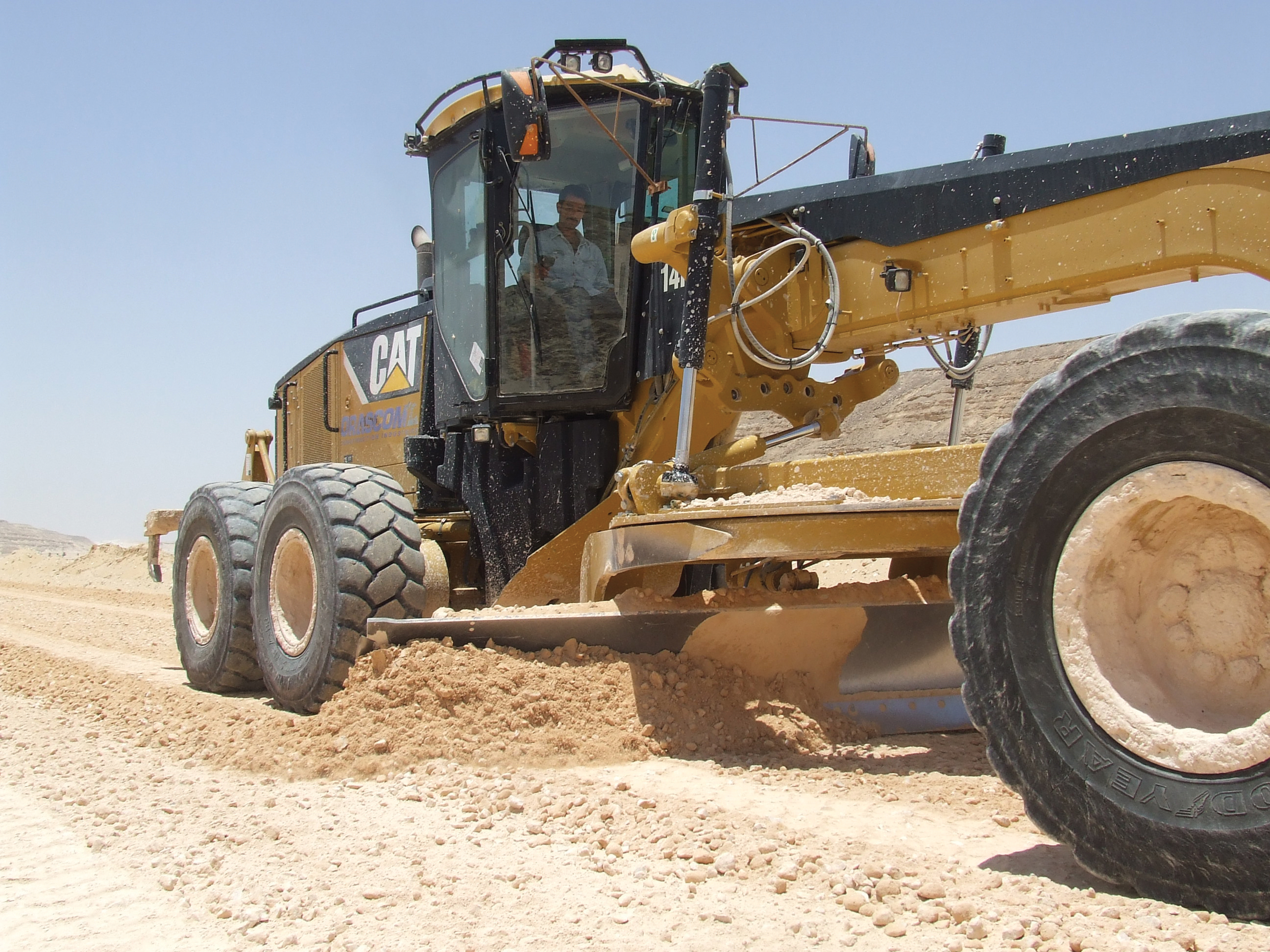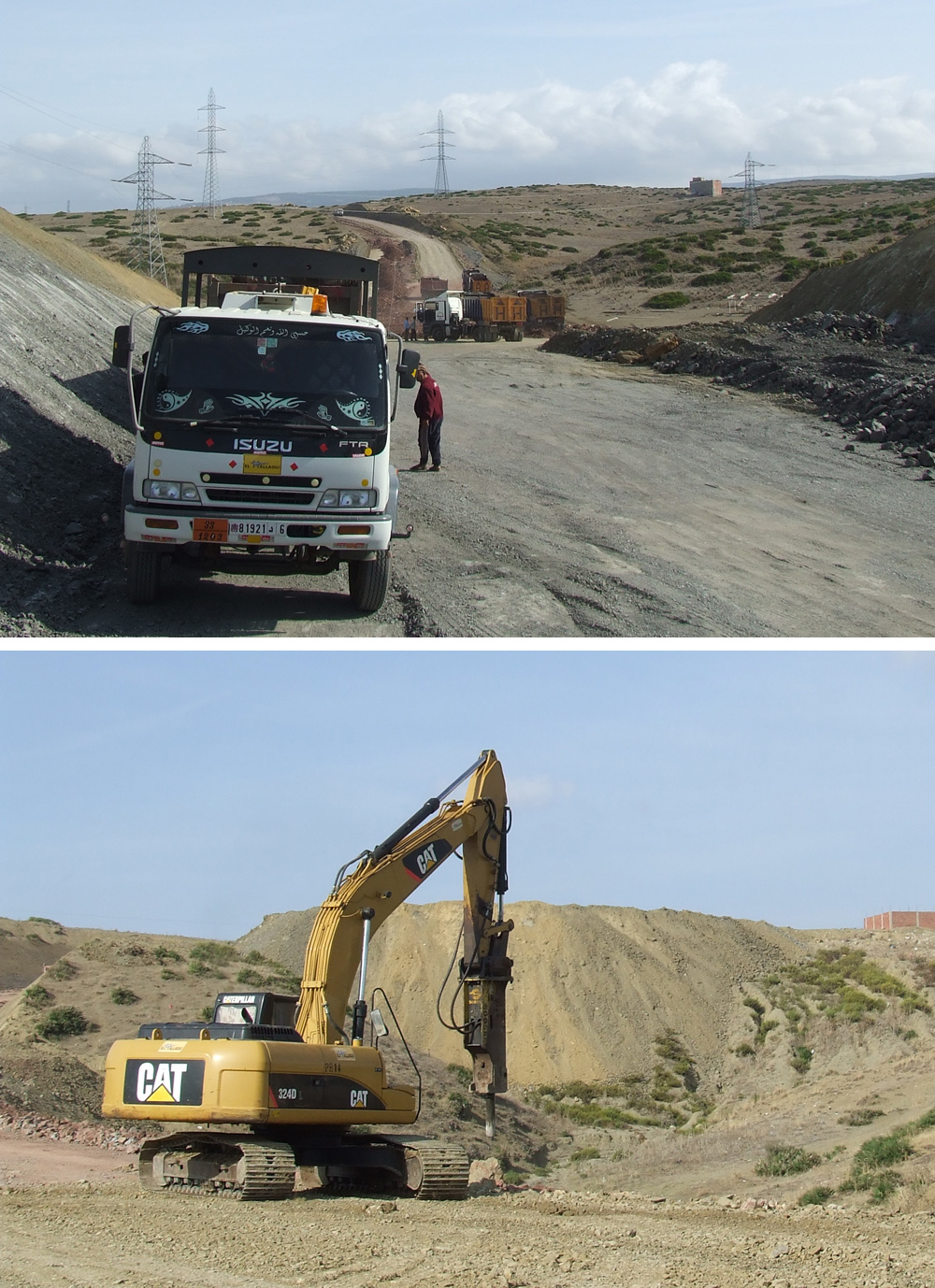A major road programme instigated by King Mohammed VI of Morocco is helping to boost the country's economy and modernise infrastructure. This forms part of a plan to boost tourism, a key part of the country's income from 8 - 10 million. There were less than 300km of motorways existing when King Mohammed VI inherited the throne from his father in July 1999. Since then, the figure has increased to over 1,000km and this is set to almost double in the next five years. A hugely significant highway programme was
A major road programme instigated by King Mohammed VI of Morocco is helping to boost the country's economy and modernise infrastructure. This forms part of a plan to boost tourism, a key part of the country's income from 8 - 10 million. There were less than 300km of motorways existing when King Mohammed VI inherited the throne from his father in July 1999. Since then, the figure has increased to over 1,000km and this is set to almost double in the next five years. A hugely significant highway programme was signed off by the Government and Autoroutes du Maroc (ADM), the national motorway company, in June 2008. As a result, the country will have an improved highway network of 1,800km by 2015 to link all the cities with a population of more than 400,000.
In April 2010, the Moroccan Minister of Equipment and Transport, Karim Ghellab, announced that the national motorway network will cover 1,417km within a further 14 months. The investment in new highways will amount to e3.5billion with the completion of the Marrakech-Agadir route in June 2010 and Fez-Oujda in June 2011.
Work on the Fez-Oujda expressway started in 2007 at a projected cost of €835million, excluding land. The highway will run from the northern city of Fez, the third largest city in Morocco with just over one million inhabitants, to Oujda in the east, close to the Algerian border with an estimated population of 500,000. It will be a key part of the new l'Autoroute MaghrÄbine, which will run from Mauritania's capital Nouakchott to Tobruk in Libya and eventually link with Alexandria in Egypt and its capital Cairo.
The new road will also be an important link in the Moroccan east-west corridor and improve access to many cities along the Mediterranean coast. It will help to reduce the number of road accidents and meet the demands of increasing traffic levels. The project is for the construction of a four-lane, 325km highway as well as the construction of bridges and toll gates, the installation of drainage works and road markings and traffic signs. The Fez-Oujda road is divided into 10 sections, including a 67km stretch between Taza and Guercif. This has been contracted to China Overseas Engineering Group Co (2487 COVEC).
The main base is responsible for the first half of the project, such as the 31km stretch from Taza to the Oued (river) M'soun. Around 15km away, a second smaller base manages the remaining 36km of the new road from the river to Guercif. This is positioned beside an external supplier's concrete plant, which saves on transportation and COVEC has also invested in a crushing facility.
In all 14233 Hitachi excavators were imported from Japan (via a Chinese trading company) and divided equally between the two bases. The seven ZX250H-3s and seven ZX350H-3s are used for earthmoving, landfill, sourcing materials for the concrete-making and crushing facilities, groundworks and other general construction work. By May 2010, they had collectively excavated 7,000,000m3 and will have completed a similar volume of landfill by the time the project has been completed.
The biggest challenge facing COVEC has been the harsh winter weather conditions. Work was impossible at times between September 2009 and March 2010 due to heavy downpours. The technical challenges faced by COVEC centre around the terrain and geology of the region between Taza and Guercif. The new motorway has been carved through hills and valleys, so it has had to be levelled quite significantly in sections.
In addition, ADM demands high quality standard for the materials used on the site. In some cases, the aggregates produced by COVEC did not meet these requirements and so the company has had to source them externally. Much of the soil in this region absorbs water and so COVEC needs to supply porous materials to comply with ADM's requirements. These are also important for the purposes of drainage as otherwise the rain may wash soil on to the new road and even cause flooding.
In April 2010, the Moroccan Minister of Equipment and Transport, Karim Ghellab, announced that the national motorway network will cover 1,417km within a further 14 months. The investment in new highways will amount to e3.5billion with the completion of the Marrakech-Agadir route in June 2010 and Fez-Oujda in June 2011.
Work on the Fez-Oujda expressway started in 2007 at a projected cost of €835million, excluding land. The highway will run from the northern city of Fez, the third largest city in Morocco with just over one million inhabitants, to Oujda in the east, close to the Algerian border with an estimated population of 500,000. It will be a key part of the new l'Autoroute MaghrÄbine, which will run from Mauritania's capital Nouakchott to Tobruk in Libya and eventually link with Alexandria in Egypt and its capital Cairo.
The new road will also be an important link in the Moroccan east-west corridor and improve access to many cities along the Mediterranean coast. It will help to reduce the number of road accidents and meet the demands of increasing traffic levels. The project is for the construction of a four-lane, 325km highway as well as the construction of bridges and toll gates, the installation of drainage works and road markings and traffic signs. The Fez-Oujda road is divided into 10 sections, including a 67km stretch between Taza and Guercif. This has been contracted to China Overseas Engineering Group Co (
The main base is responsible for the first half of the project, such as the 31km stretch from Taza to the Oued (river) M'soun. Around 15km away, a second smaller base manages the remaining 36km of the new road from the river to Guercif. This is positioned beside an external supplier's concrete plant, which saves on transportation and COVEC has also invested in a crushing facility.
In all 14
The biggest challenge facing COVEC has been the harsh winter weather conditions. Work was impossible at times between September 2009 and March 2010 due to heavy downpours. The technical challenges faced by COVEC centre around the terrain and geology of the region between Taza and Guercif. The new motorway has been carved through hills and valleys, so it has had to be levelled quite significantly in sections.
In addition, ADM demands high quality standard for the materials used on the site. In some cases, the aggregates produced by COVEC did not meet these requirements and so the company has had to source them externally. Much of the soil in this region absorbs water and so COVEC needs to supply porous materials to comply with ADM's requirements. These are also important for the purposes of drainage as otherwise the rain may wash soil on to the new road and even cause flooding.










